Product Description
| Item | Specification |
| Internal dimension | 800W*800D*800Hmm |
| External dimension | 1300W*1000D*1700Hmm |
| Test sample | Size W20cm- L30cm-D15cm, weight 0.5kg |
| Chamber material | SUS304 Stainless steel |
| Specifications of square mesh sieve | Mesh hole 75um, mesh metal wire diameter 50um |
| Talcum powder amount | 2kg/ m |
| Airflow speed | No more than 2m/s |
| Door | Left open door with tempered glass door |
| Controller | PLC Touch Screen controller, programmable to set as below cycle: a. Blowing dust time (Stop/Blow) m/s b. Cycle time: can be adjusted c. Pre-set test time: 0s ~99m99s |
| Vacuum system | Pressure gauge, air filter, Pressure regulating FRL, connecting pipe, Vacuum pump |
| Vacuum pump capacity | 60-600 L/H |
| Fan | Centrifugal fan |
| Safety protection devices | Meter over-temperature function, Phase shortage protection, Power short-circuit protection |
Cell phone camera dust test chamber is a specialized equipment for testing the performance and durability of cell phone cameras in different dusty environments. This type of tester usually simulates dust particles in outdoor environments and evaluates the performance of cameras in harsh environments by controlling parameters such as wind speed, dust concentration, temperature and humidity. Here are some of the key features and functions of the control system of a cell phone camera dust test chamber:
1. Wind speed control:
- The test chamber is capable of accurately controlling the wind speed, usually in the range of 1.5-8.9 m/s, to simulate wind and sand environments of varying intensity.
- The wind speed regulator can be adjusted according to a preset program or in real time to ensure the stability and repeatability of the wind speed.
2. Dust concentration control:
- With the dust supply system, the chamber can control the dust concentration to simulate environments with different dust densities.
- The dust concentration sensor monitors the dust concentration in real time and feeds the data back to the control system for adjustment.
3. Temperature and humidity control:
- Test chambers are usually equipped with heaters and refrigeration systems to control the temperature inside the chamber.
- Humidifiers and dehumidifiers are used to regulate the humidity inside the test chamber to ensure the accuracy of the test conditions.
4. Camera fixation and protection:
- The test chamber is equipped with a special camera fixing device to ensure the stability and safety of the camera during the test.
- The protection device can prevent the camera from unnecessary damage, while allowing dust particles to enter the optical part of the camera.
5. Data recording and analysis:
- During the test, the system records parameters such as wind speed, dust concentration, temperature, humidity, and camera performance data.
- These data can be used to analyze the performance of the camera in different environmental conditions and evaluate its dustproof performance.
6. Safety protection function:
- The test chamber is equipped with an emergency stop button to stop the test quickly in case of emergency.
- Overload protection and fault diagnosis functions can prevent equipment damage and notify the operator in time.
7. user interface:
- The test chamber is usually equipped with a touch-screen interface, which is convenient for users to set test parameters, monitor the test process and view test results.
- The user can understand the test status intuitively through the interface and make necessary adjustments.
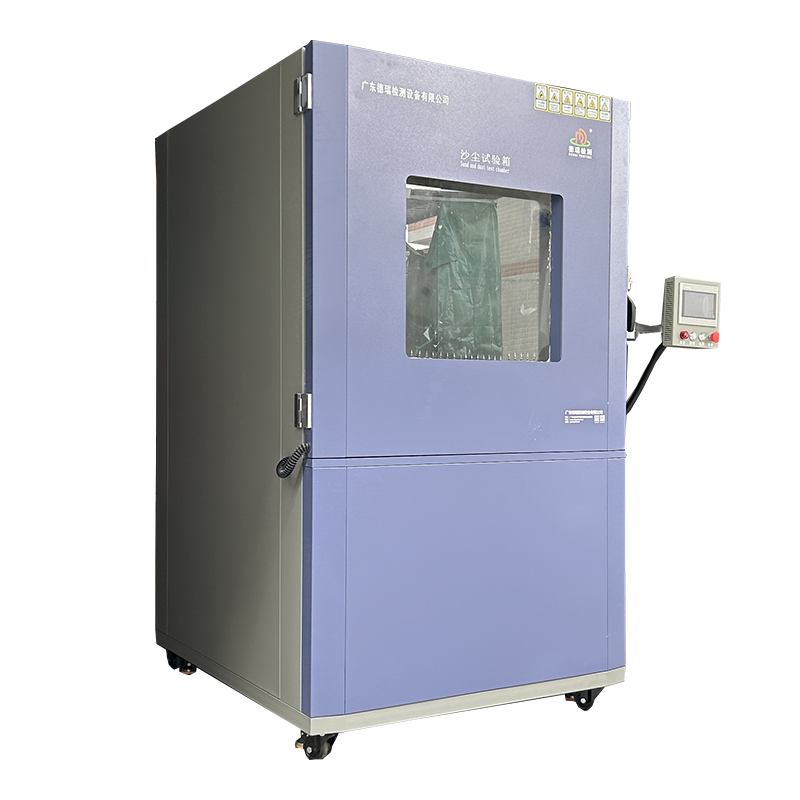




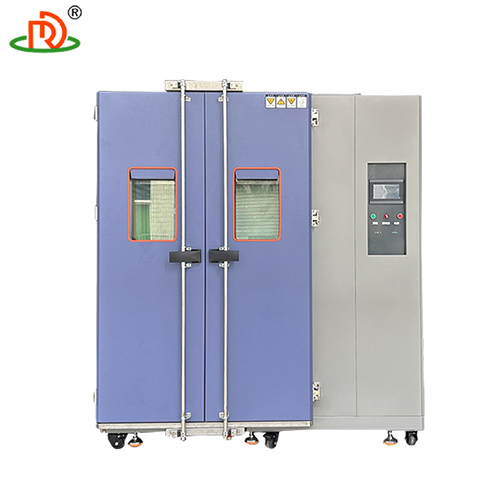
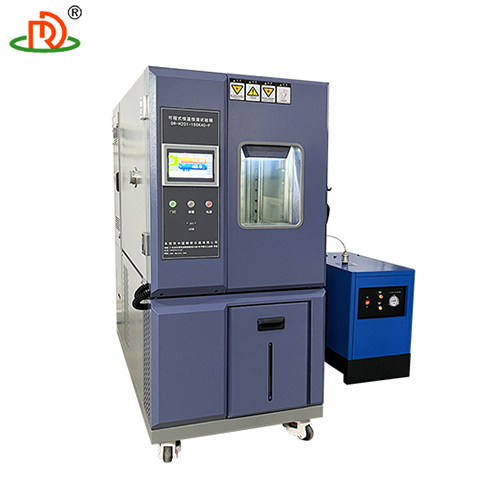
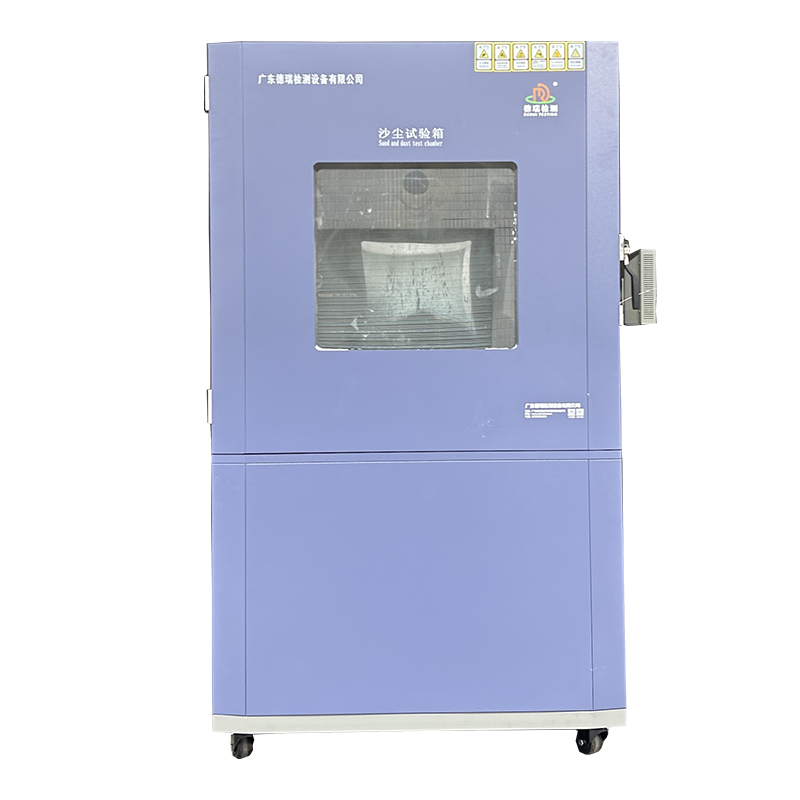
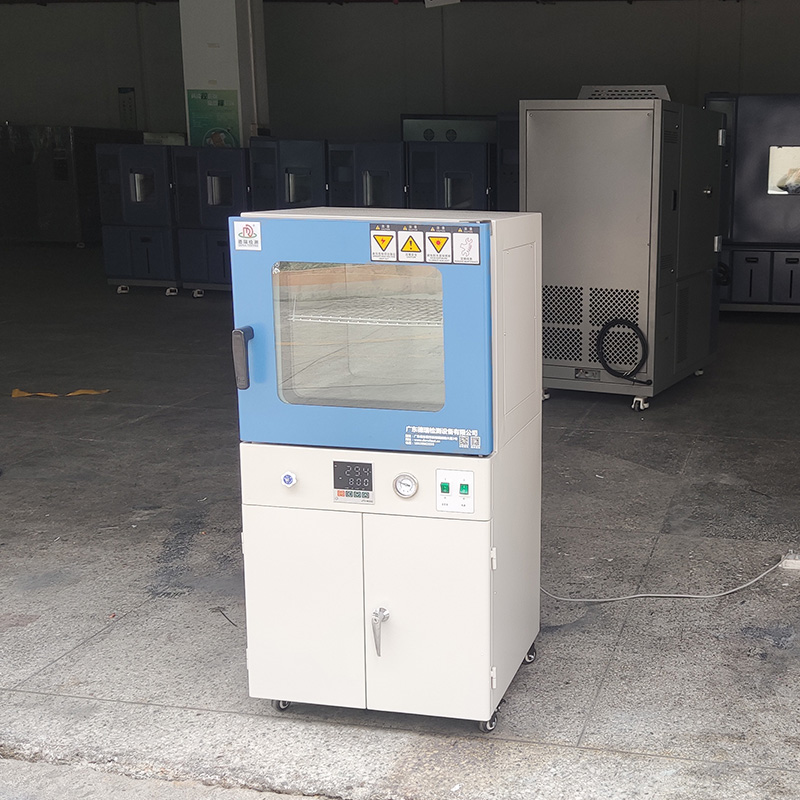

 English
English Spanish
Spanish French
French German
German Italian
Italian Chinese (Simplified)
Chinese (Simplified) Japanese
Japanese Korean
Korean Arabic
Arabic Portuguese
Portuguese